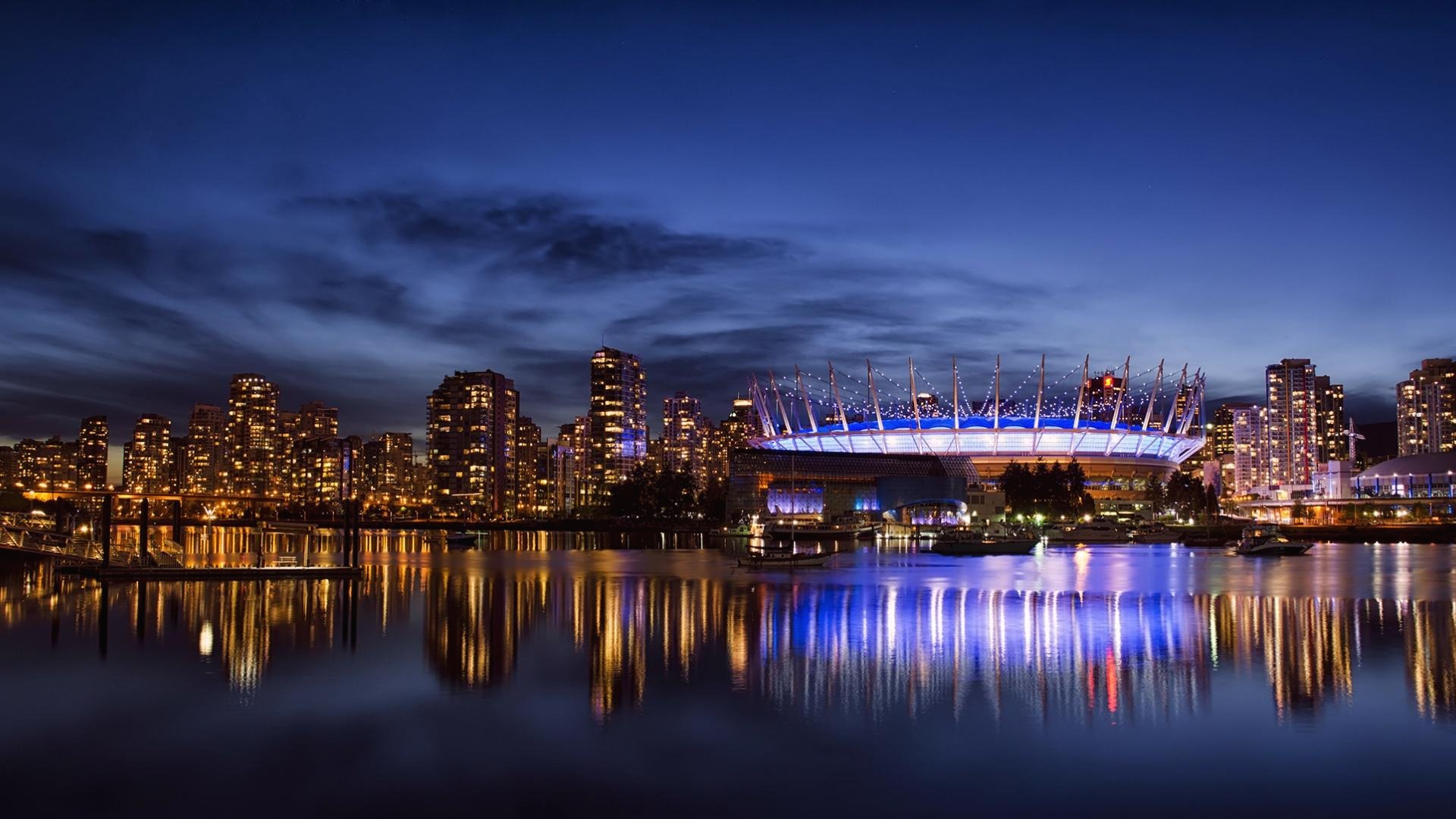Stegra Gears Up: 740 MW Electrolyser Modules En Route to Boden
Northern Sweden’s greensteel plant edges closer to 2026 start with record arrival of renewable hydrogen kits.
- Stegra will soon receive 740 MW of Thyssenkrupp Nucera electrolysers as part of its €6.5 bn [USD7.4 bn] green steel mill in Boden, slated to begin operations in 2026.
- The 37 alkaline modules, each delivering 20 MW, mark a pivotal step toward launching one of Europe’s largest hydrogen production sites, underpinning Stegra’s ambition to blend tradition with cutting‑edge decarbonisation.
Stegra’s CEO Henrik Henriksson confirmed yesterday that Thyssenkrupp Nucera will deliver 37 alkaline electrolysis modules, each rated at 20 MW, to the Boden site in “the coming weeks”. Together, these modules total 740 MW of capacity – the core of a plant feeding renewable hydrogen into a €6.5 bn [USD7.4 bn] green iron and steel complex slated to start operations in 2026.
Stegra highlighted the scale and significance of this equipment in its social media channels. “This is a big milestone for us and marks an important step for what will be one of the largest electrolysis plants globally,” the company stated, underscoring its ambition to blend established steelmaking techniques with large‑scale hydrogen production.
Each electrolyser skid measures 40 metres in length and 5 metres in width. The assembly of such giant modules takes place at Thyssenkrupp Nucera’s yard in Tarragona, Spain, where Stegra’s team recently toured the storage area. Once on site, all 37 units will be mounted across a 70 hectare plot between the existing power station and the direct‑reduction steel tower in Boden.
The forthcoming arrival of these modules follows months of groundwork on the plant itself. At full tilt, some 3,000 staff, contractors and consultants will converge daily to weave together the hydrogen train and the water‑gas separation units. “Spending most of my weeks at Boden site, where we are some 3000 people checking in every day,” added Henriksson, reflecting on the scale of the onsite effort.
Green hydrogen will feed into Stegra’s direct‑reduction reactors, replacing fossil gas or coal inputs. The output is expected to produce slab steel with a dramatically smaller carbon footprint than conventional blast‑furnace methods. The journey from module delivery to first hydrogen flow is set to be completed by 2026, cementing Boden’s role as a centerpiece of Europe’s low‑carbon steel ambitions.
Melding hydrogen into age‑old steelmaking underscores Stegra’s commitment to marrying industrial legacies with tomorrow’s decarbonisation demands, securing jobs, markets and innovation distinctly.
Source:FCW Team


